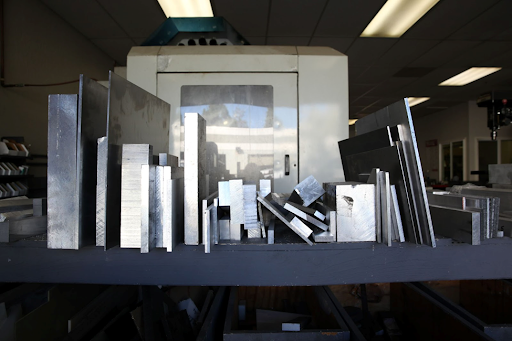About the material
Polypropylene (PP) resists most solvents and chemicals, which makes it a wonderful material to manufacture laboratory equipment and containers for a variety of applications. PP also offers good fatigue strength.

CNC Machining Materials
Processes
Lead Time
Colors
Tolerance
Price
Applications
Polypropylene (PP) resists most solvents and chemicals, which makes it a wonderful material to manufacture laboratory equipment and containers for a variety of applications. PP also offers good fatigue strength.
Polypropylene is a semi-clear white color by default, but can also come in opaque white on request.
Min Wall Thickness
Min End Mill Size
Min Drill Size
Max Part Size
Undercuts
Radii : Depth
Cost Saving Tip
To reduce costs, limit the number of part setups, the number of inspection dimensions or tight tolerances, and deep pockets with small radii.
What is polypropylene plastic used for?
Polypropylene (PP) resists most solvents and chemicals, which makes it a wonderful material to manufacture laboratory equipment and containers for a variety of applications. PP also offers good fatigue strength.
What are the disadvantages of polypropylene?
The disadvantages of polypropylene are:
Is polypropylene a medical-grade material?
Yes, Polypropylene is a medical-grade plastic material that is cost effective. It is often used where steam-sterilized medical equipment is necessary. Due to the sterilization and transparent processes, PP has grown in popularity within the medical industry. It’s ability to withstand relatively high temperatures, cleaning agents, solvents, disinfectants, combined with the moderate cost, promises application in this sector for years to come.
Is polypropylene a strong material?
Yes, Polypropylene (PP) can withstand fairly heavy loads, despite being lightweight, and offers good fatigue strength. It also resists most solvents and chemicals, which makes it a suitable material for manufacturing laboratory equipment and containers for a variety of uses.
Learn More
Learn More

